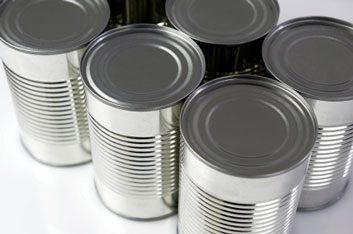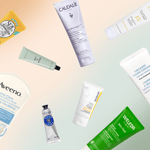Debate: Should Canada ban BPA from all food packaging?
Bisphenol A will continue to be found in North American food packaging after the U.S. Food and Drug Administration decided

Bisphenol A will continue to be found in North American food packaging after the U.S. Food and Drug Administration decided not to ban the widely used chemical.
The Los Angeles Times reports that while the FDA will continue to monitor research about the health effects of BPA, they have ultimately rejected a petition to outlaw its use in the manufacturing of hard plastics and metal food and beverage packaging.
Perhaps you’ve heard of the more extreme study findings where high BPA exposure has been linked to girls hitting puberty earlier, boys growing breasts and sex changes in fish populations. But numerous studies have linked BPA in our diets (leached from water bottles, soda cans etc.) to higher risks of cardiovascular disease, hormone-related cancers and reproductive abnormalities, since BPA mimics estrogen in the body.
So it makes me wonder, how much BPA am I being exposed to on a daily basis?
According to a survey done by Health Canada in 2009, a person would have to consume 940 canned drinks in one day to reach the tolerable daily BPA intake of 25 µg/kg body weight/day. Canada was the first country to declare BPA a ‘toxic’ substance, and ban BPA in infant bottles, sippy cups and formula in 2010. That ban, however, was not extended to include all food packaging.
I for one seek out the ‘BPA-free’ label when in search of a new water bottle or food storage container, but for some reason the prospect of BPA leaching into my canned tuna or soup, hardly crosses my mind.
Do you only buy ‘BPA-free’? Should Canada be leading the way in BPA-free food packaging?
Related:
‘ News: BPA added to Canada’s list of toxic substances
‘ Is it safe to microwave plastic?
‘ Toxic truths
‘Amy Crofts, web intern




